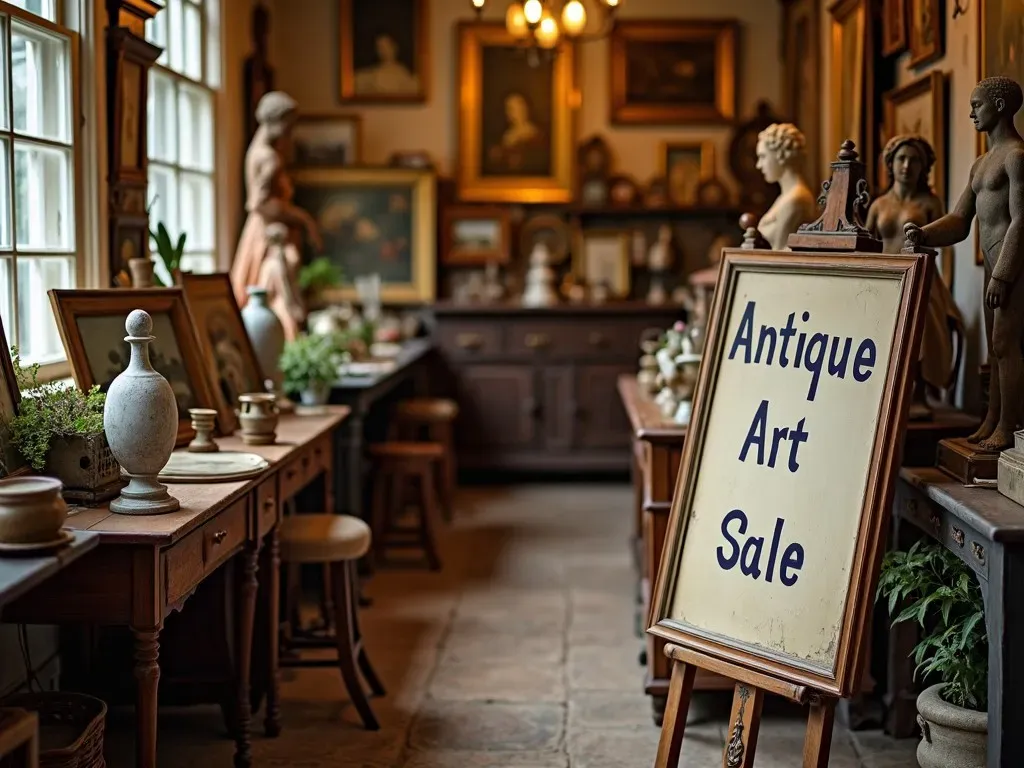Old artwork for sale has become a significant avenue for art collectors and enthusiasts alike. The market for antique and vintage artworks has evolved tremendously, providing a plethora of options for those seeking to invest in pieces that tell stories of history, culture, and unmatched creativity. From old paintings for sale to antique art, the charm of these artwork pieces captures the imagination of many.
Exploring the Market for Old Artwork
With the rise of online platforms, finding old artwork for sale has never been easier. Various galleries, auction houses, and online marketplaces are dedicated to showcasing a range of antique art for sale. Buyers can explore a vast array of styles, time periods, and artists without having to travel far.
-
Auction Houses: Renowned establishments like Christie’s and Sotheby’s provide a platform for high-stakes auctions for old master paintings. These auctions often create excitement and drive the prices of iconic works of art to new heights. For instance, in 2017, Christie’s made headlines with the sale of Leonardo da Vinci’s ‘Salvator Mundi’ for a staggering $450 million.
-
Online Marketplaces: Websites like eBay and Artsy feature vast collections of old paintings for sale, catering to various budgets and tastes. These platforms offer buyers the convenience of browsing and purchasing artworks from the comfort of their homes.
| Marketplace | Type of Art Available | Average Price Range (USD) | Website Link |
|---|---|---|---|
| Christie’s | Old Master Paintings | $10,000 – Several million | Christie’s |
| Sotheby’s | Fine Art & Antiques | $5,000 – Several million | Sotheby’s |
| Artsy | Old Masters and Contemporary Art | $2,000 – $1 million | Artsy |
| 1stDibs | Old Masters and Antique Art | $1,000 – $4 million | 1stDibs |
| LiveAuctioneers | Auction Listings | $100 – $500,000 | LiveAuctioneers |
Why Invest in Old Artwork?
Investing in old artwork is not only about the financial prospects but also about ownership of unique pieces that hold emotional and historical significance. Here are several reasons why art enthusiasts are keen on acquiring old art for sale:
-
Authenticity and Heritage: Old paintings provide a tangible connection to our past. Each piece carries the history of its creation, reflecting the cultural sentiments of its time.
-
Value Appreciation: Historically, the value of valuable antique artworks has seen significant appreciation. A wise purchase can yield impressive returns over time.
-
Aesthetic Appeal: Old artwork adds character and charm to any space. The patina of time enhances their visual appeal, making them conversation starters in any setting.
-
Diverse Selection: The world of old art for sale is abundant, featuring diverse styles, artists, and periods, ranging from classical to modern interpretations.
Notable Categories of Old Artwork
Within the realm of old artwork for sale, various categories stand out, each with its unique appeal:
-
Old Masters: Referring to iconic artists from the 14th to the 18th century, this category includes names such as Rembrandt, Vermeer, and Titian. Their paintings are timeless masterpieces that continue to command high prices at auctions.
-
Antique Paintings: Defined as artworks aged over 100 years, antique paintings often showcase historical themes, religious subjects, or portrayals of daily life from their era.
-
Vintage Prints: Original prints from eminent artists can also be considered as old artwork, providing a more affordable yet historically significant alternative.
Popular Artists in Antique Art
| Artist | Notable Works | Estimated Auction Value (USD) |
|---|---|---|
| Rembrandt | “The Night Watch” | Upwards of $450 million |
| Johannes Vermeer | “Girl with a Pearl Earring” | Upwards of $30 million |
| Vincent van Gogh | “Irises” | Upwards of $100 million |
| Pablo Picasso | “Les Femmes d’Alger” | Upwards of $179 million |
| claude monet | “Water Lilies” | Upwards of $110 million |
Tips for Buying Old Artwork
When looking to purchase old artwork for sale, keep in mind these vital tips:
-
Research the Artist: Understand the artist’s background and significance in art history to appreciate the value of the piece.
-
Provenance Verification: Authenticity is crucial. Check the provenance (history of ownership) to ensure it’s not a reproduction or a forgery.
-
Condition Assessment: Inspect the artwork for any damage or restoration work. An appraisal from a qualified expert can help ascertain its condition and value.
-
Reliable Sources: Purchase from reputable galleries or auction houses to minimize risks associated with fraud. A well-established name often comes with a guarantee of authenticity.
Frequently Asked Questions
Where can I find old paintings for sale?
You can find old paintings for sale in online auction platforms like Sotheby’s, Christie’s, or at antique galleries and estate sales. Websites like eBay also have a vast selection.
What factors influence the price of old artwork?
The price can be influenced by the artist’s notoriety, the artwork’s historical significance, its condition, provenance, and market demand among collectors.
Are old artworks a good investment?
Yes, many collectors view old artworks as a solid investment due to their potential for appreciation in value. However, it’s essential to do thorough research before purchasing.
How can I verify the authenticity of old artwork?
Authentication can be done through thorough provenance checks, expert appraisals, and scientific analysis of the materials used in the artwork.
Can old paintings be restored?
Yes, professional restorers can work on old paintings to repair damage and stabilize deteriorating materials, but this must be done judiciously to maintain the artwork’s value.
Old artwork for sale offers an unparalleled opportunity to own pieces of history. With the right knowledge and approach, art lovers can expand their collections and invest wisely in the artistry of earlier generations. Whether you’re a seasoned collector or a newcomer to the art world, exploring the realm of old artwork can be an exciting journey filled with discovery.
